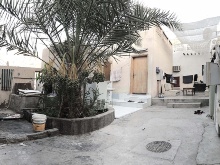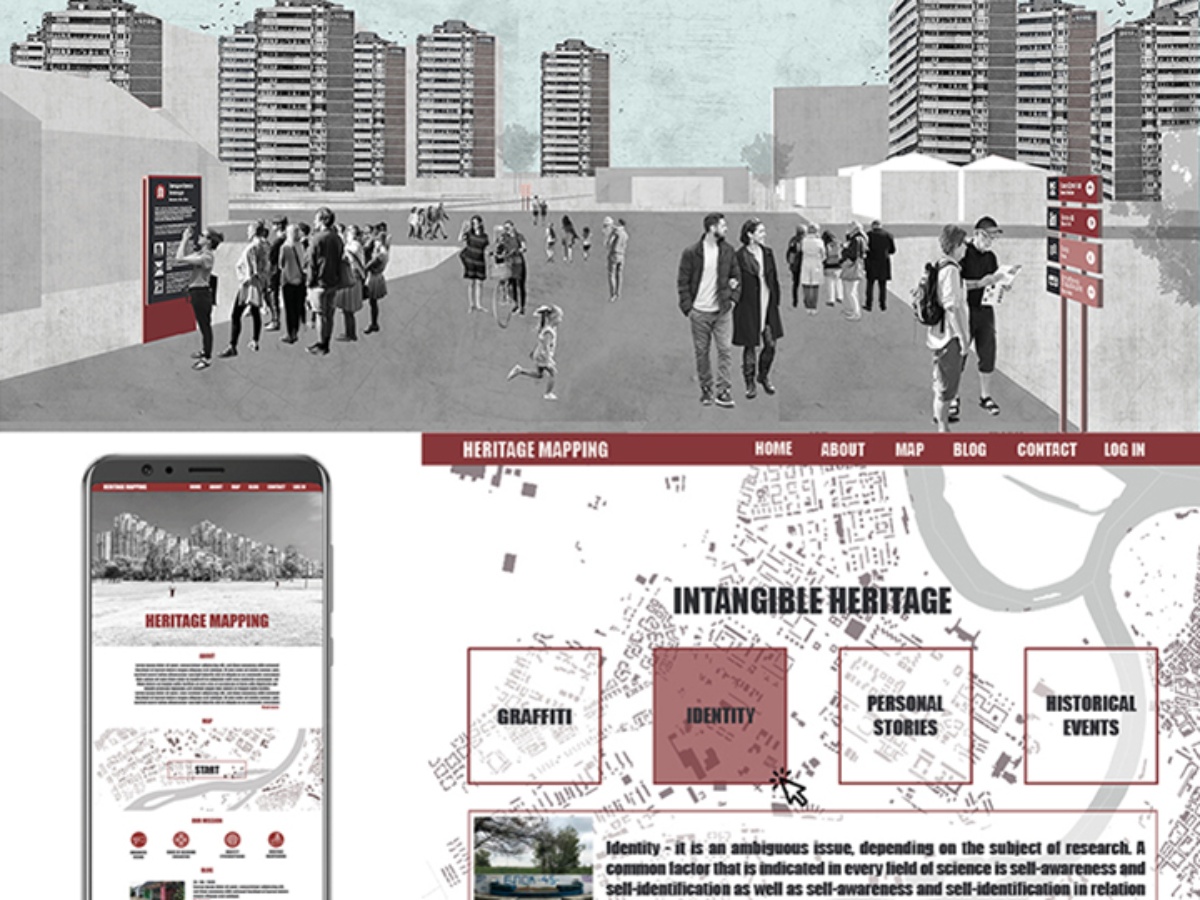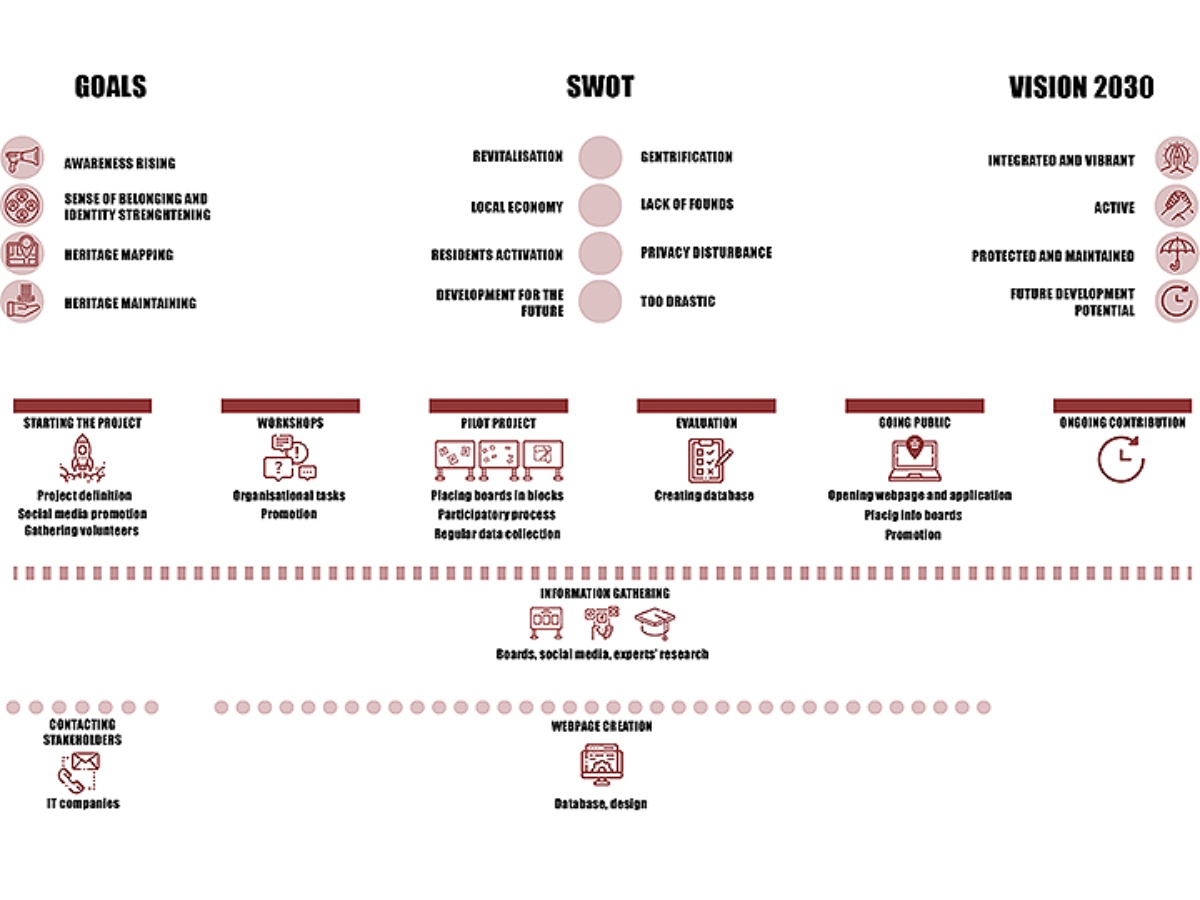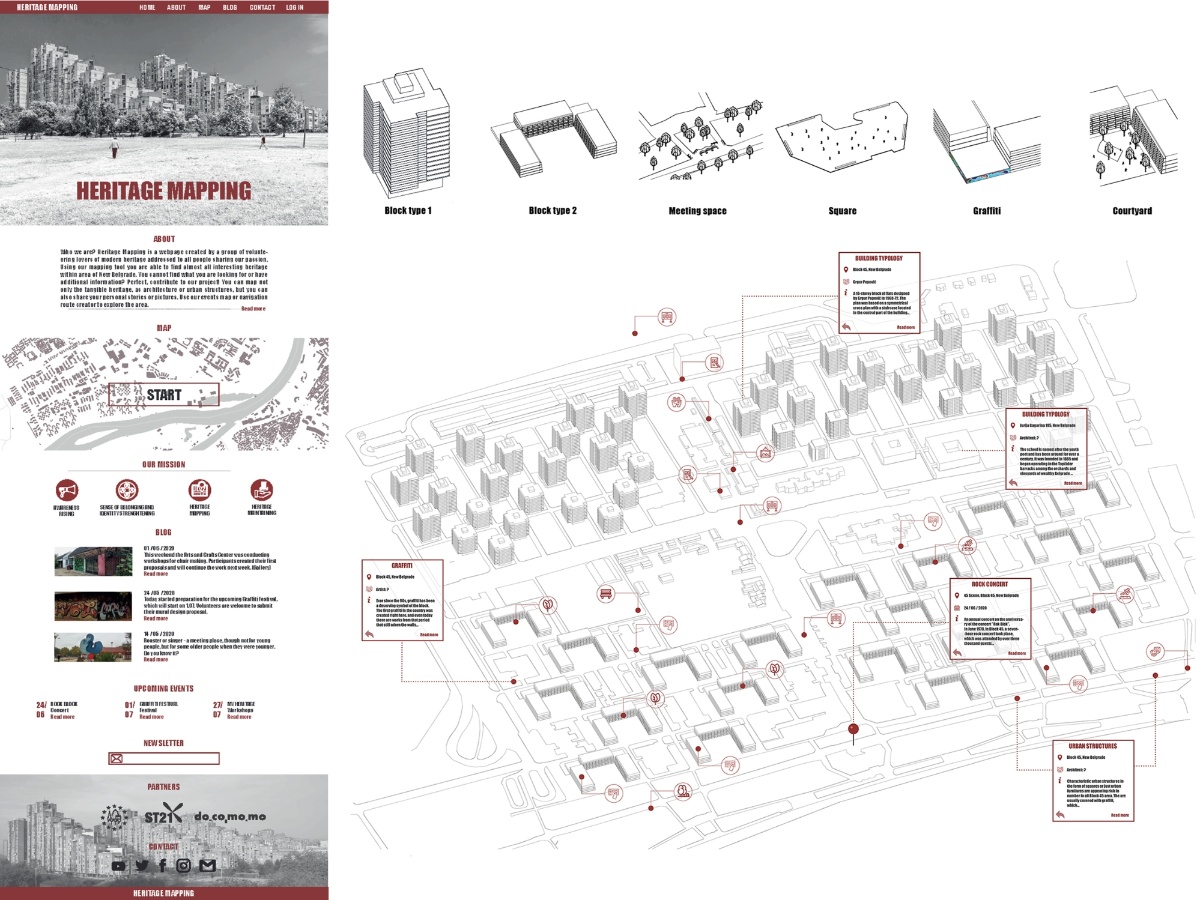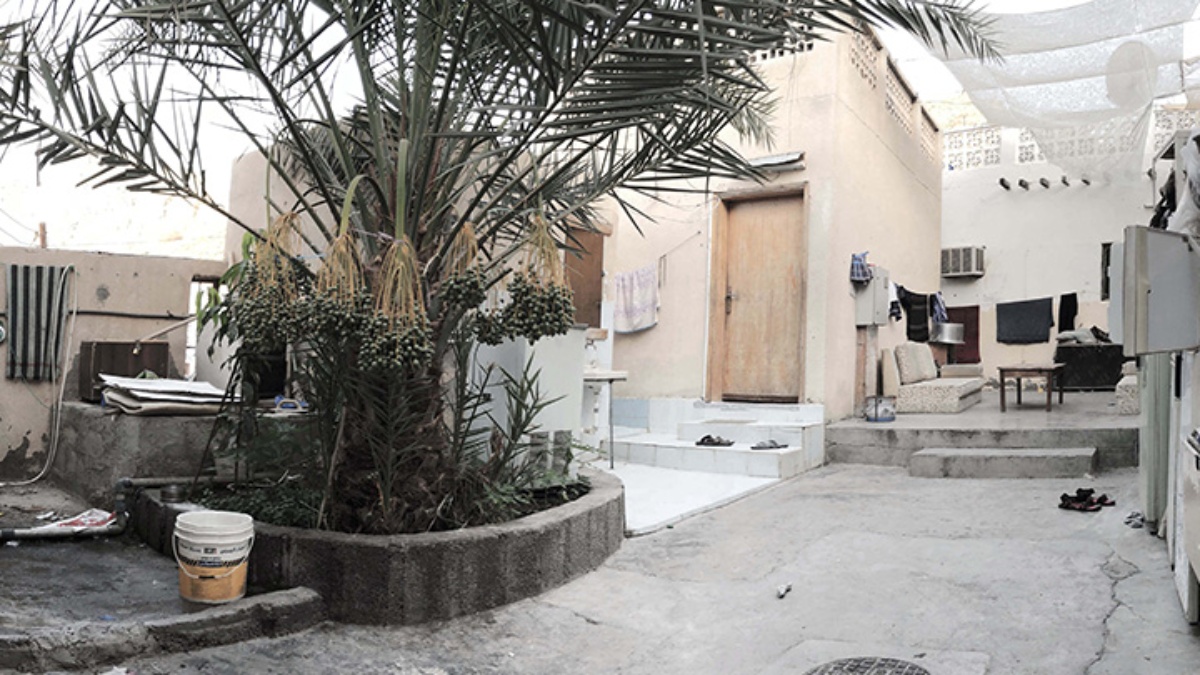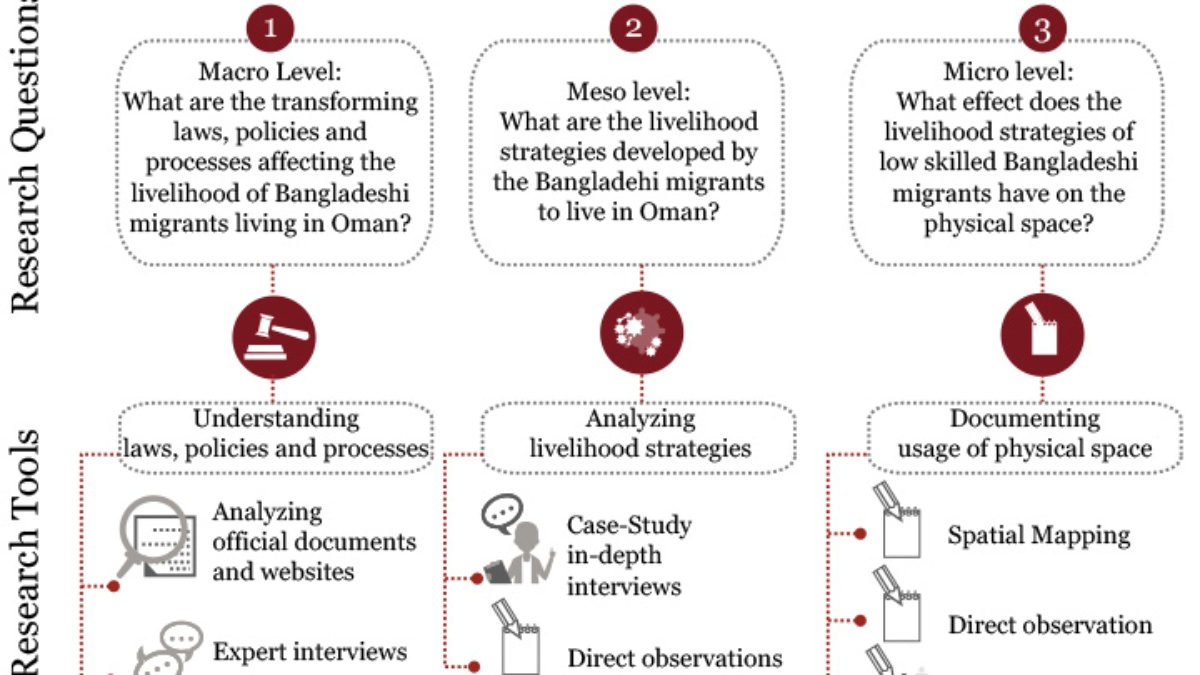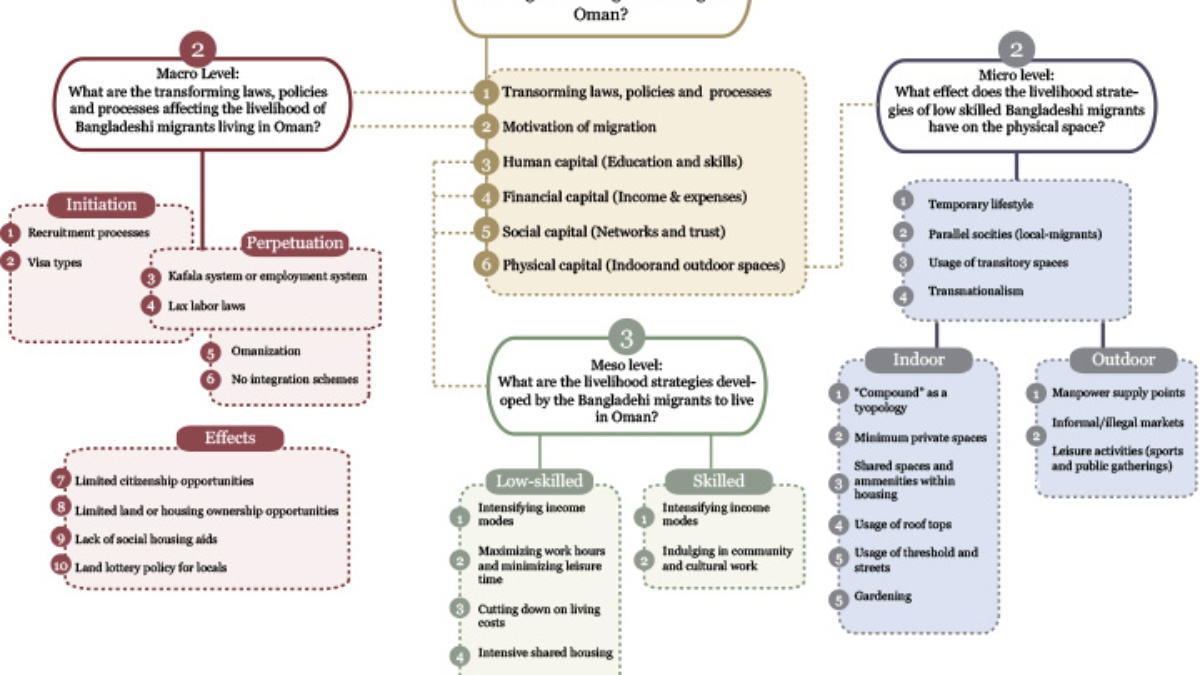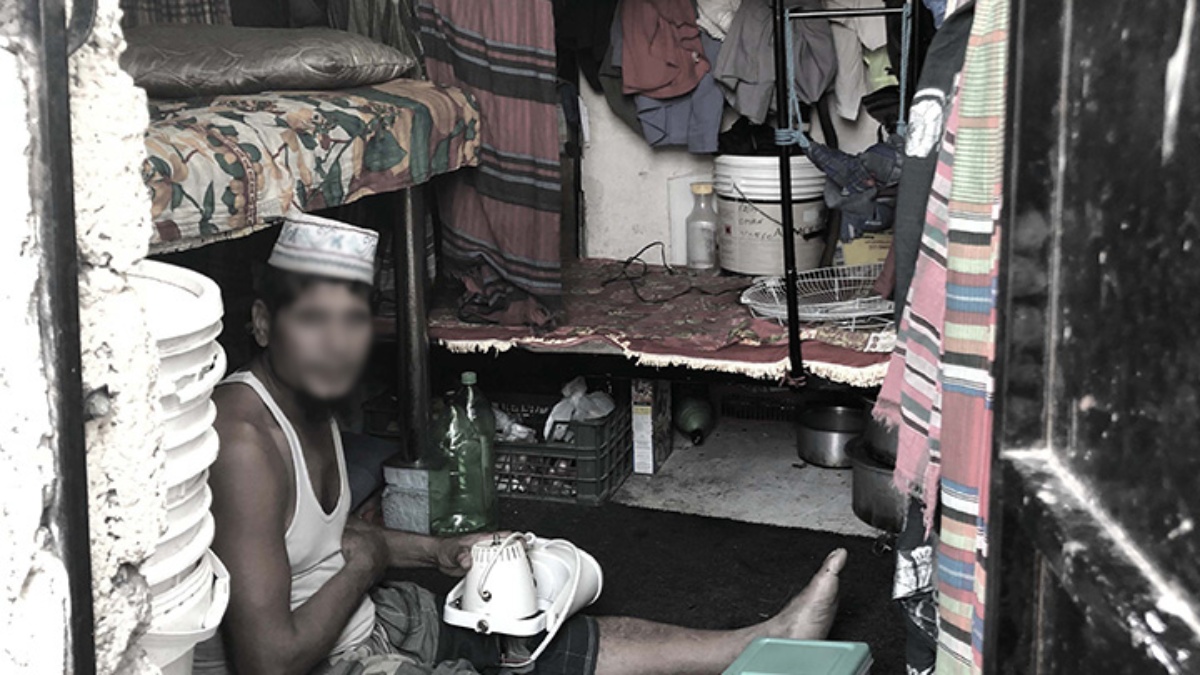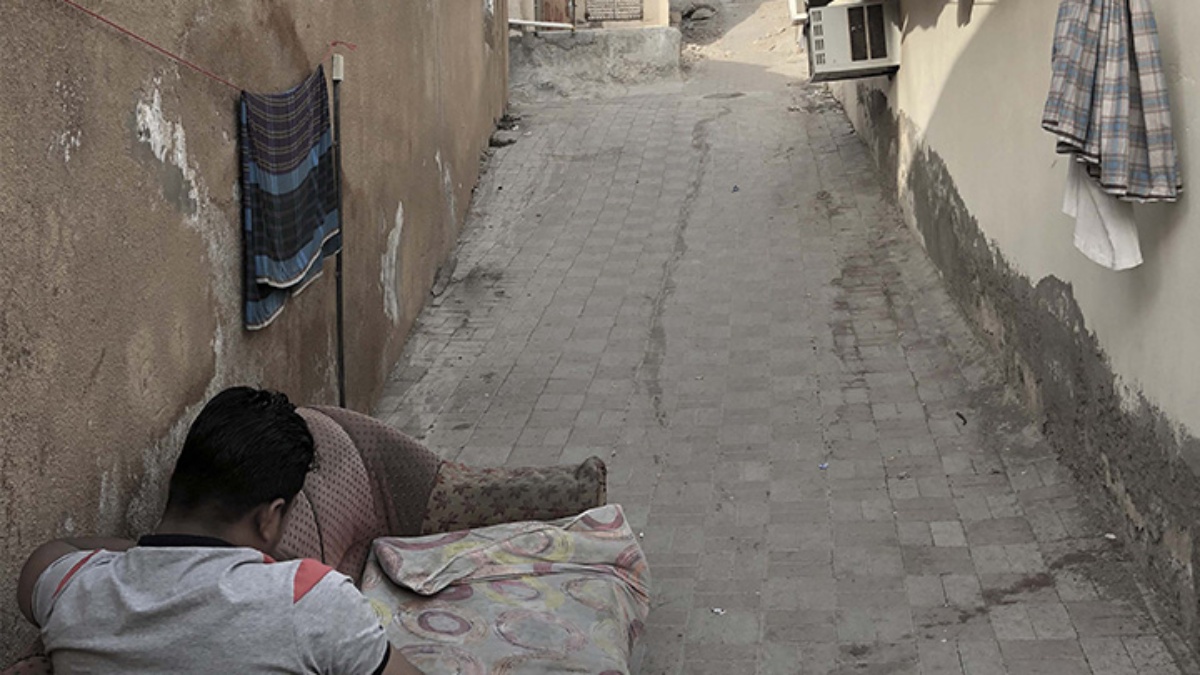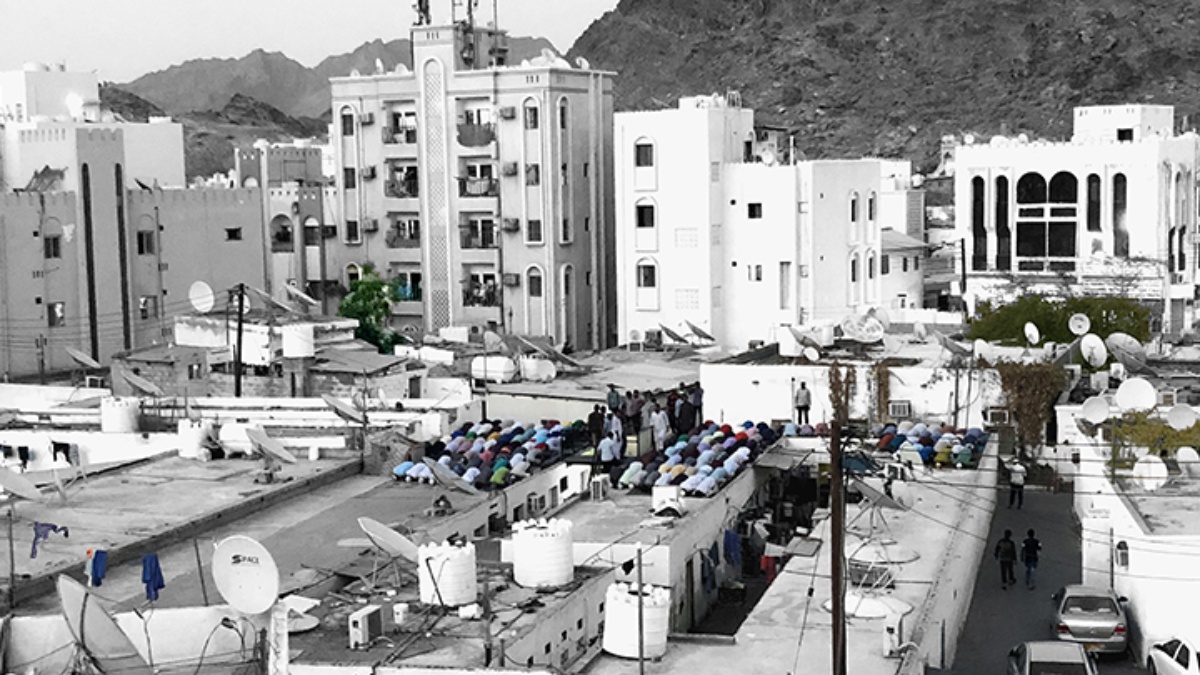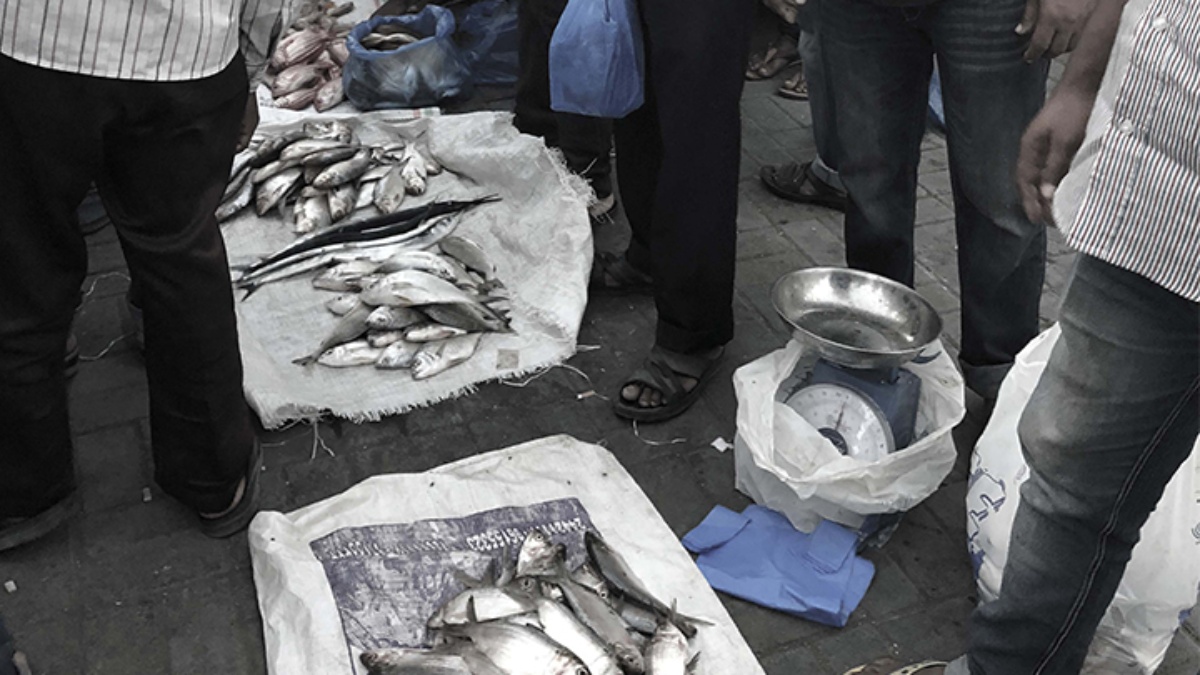Hertiage Mapping
There is no doubt about New Belgrade being an outstanding example of a modernist city extension of the socialist times. However, this heritage faces a dramatic lack of awareness concerning their architectural, historical and cultural value. The authors of the project set up their main goal to rise the awareness through mapping the existent heritage in a participatory, interactive way. They propose to map the tangible heritage such as architecture and urban structures as well as the intangible heritage represented e.g. by personal stories or historical events. The main product is an interactive webpage, but there shall also be some analogue elements to address different target groups such as the elderly population and to provide information and orientation on the spot. The activation of the inhabitants at an early stage of the project is seen as a first step for the awareness rising. In the long-term, the increased awareness should become the starting point for maintaining and protecting the heritage of New Belgrade.
The project was supervised within the Design Studio “Block 45 – Unblocking a sustainable future for New Belgrade” by Lenka Vojtová, Raphael Dietz and Rainer Goutrié.
Livelihood Strategies
Transnational labour migration peaked in Gulf-States in 1970s. Meanwhile there is an accumulation of low-skilled migrants (guest workers with temporary residency) from South-Asian countries like Bangladesh, India and Pakistan. This study explores factors affecting the livelihood of migrants as to 3 scales: Transforming laws & policies, livelihood strategies and their effects on the physical space.
The research shows that lack of access to services means a stagnation of livelihood assets. To cover basic needs, migrants develop specific livelihood strategies. Transforming laws & policies set a vulnerable base for their livelihood. Financial vulnerability leads to maximize work modes, and minimize living expenses, developing intensive shared housing typologies (compound) with 2.3 sqm of bed space / person in a heavily shared room, and using outdoor spaces (courtyards, rooftops, street corners) as living rooms. Increased social capital aids them in the development of livelihood strategies.
Conclusively the research emphasises that even though migrants live in a space temporarily, their spatial effects are long lasting and should be taken into consideration in formal planning systems.


